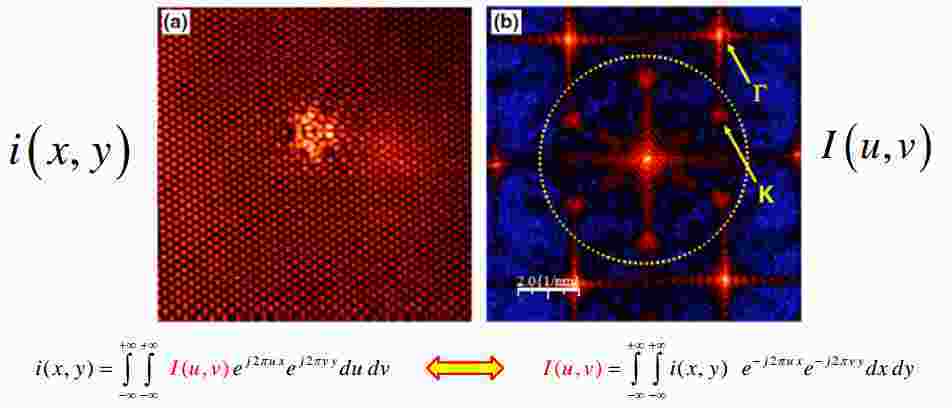
This lecture introduces the essential tools commonly used to describe continuous-time (analog) and discrete-time signals, images and noise, mostly from a deterministic waveform point of view. Continuous-time waveforms will be represented by direct mathematical expressions or by the use of orthogonal series representations such as the Fourier series. Properties of these waveforms, such as their DC value, root-mean-square (RMS) value, energy and power, magnitude and phase spectrum (through the Fourier transform), power spectral density, and bandwidth, will be briefly recalled or established. Systems are used to manipulate these waveforms, using various operations like the scalar product, convolution and correlation. In addition, effects of linear filtering will be briefly studied.
Most of these tools can be extended to images, considered as 2D signals depending on two space coordinates (x,y), which can also be described in the frequency domain by a spectrum depending on a spatial frequency. The sampling theorem viewed as a special orthogonal series expansion allows representing an analog signal by a limited number of samples acquired above the Nyquist frequency. The spectrum of a given waveform (discrete-time or analog) can be conveniently calculated using the discrete Fourier transform (DFT), one of the main tools of the so-called “digital signal processing” domain (DSP). Across the lecture, actual systems used in signal storage, transmission and modulation, multiplexing, video signal coding, lossy signal compression (principle of JPEG standard) will be explained.
We want to actively engage the student as early as possible in the actual design of practical signals and systems. Through several hands on laboratories based on GNU Octave (through the collaborative platform for scientific computation CoCalc), the students will develop useful and realistic “expert systems” and implement their own solutions, e.g. in signal estimation and identification.
At the end of this lecture, the students should have learned a significant amount of signals and systems concepts, tools and theory, have developed an awareness of a number of problems/tasks that signals and systems engineering addresses, and be capable of resolving some signals and systems problems using GNU Octave or MatLab, a widespread tool used in R&D worldwide.
- Teacher: Laurent NONY
- Teacher: Jean-marc THEMLIN